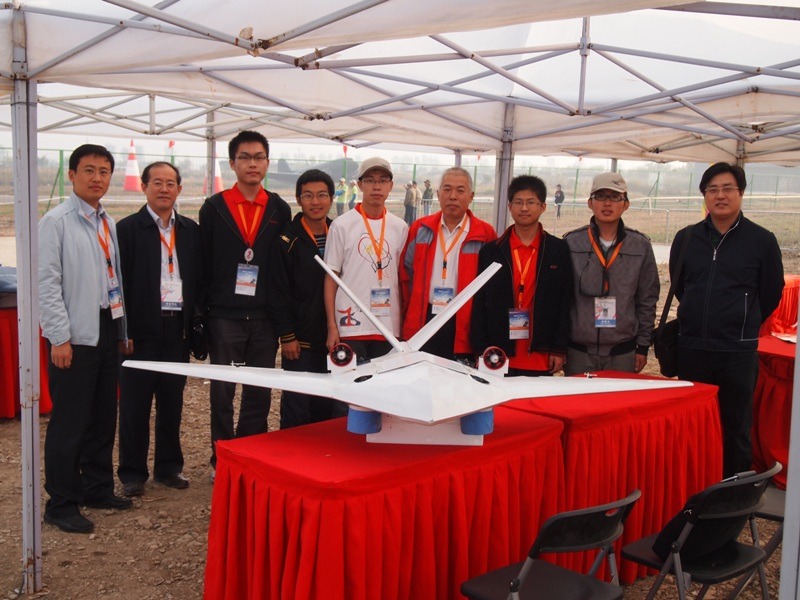fast cheap and out of control software

A 3D printed, functioning, magazine 
A UAV competition in Beijing 
The course at an Iranian drone contest
Fast, Cheap, and Out of Control
Software developers have experienced the agile process, where innovations and iterations are produced and thrown out en masse as they evolve towards a final product. But when hardware joins the party, iteration will accellerate furiously. And now, as Moore’s Law nears self-parody, and technogical advancement folds back on itself and begins to drive its own evoution, growth creates faster growth. Capable technology, that which is powerful enough to create new technological products, is becoming practicaly affordable.
In computing, the agile hardware trend is crystal clear: the RaspberryPi project is set to release a $25 ARM computer, $30 buys you a full Android device, and $1,000 rents you a top 500 supercomputer for an hour. This shift helps fuel lean start-ups and agile development. A few people can control an absurd amount of computing power with very little investment. Further, the trend will only accelerate as these early adoptors create a market for high power/low cost computing and create new computing products1.
But agile hardware applies beyond personal computing and services. Recently I’ve noticed several articles that illustrate this trend within military technology. While I’m not nearly equipped to analyze the larger implications, the shift towards cheap, makeshift hardware can only mean more innovation as the number of able participants skyrockets. In the same way you can rent a supercomputer from Amazon from the comfort of your home, it seems the garage workbench of tomorrow will eventually rival DARPA’s output.
Here are a few narratives emerging:
-
The Rise and Mutation of the IED: Noah Shachtman recently detailed the wireless arms race in Iraq and Afghanistan. He brought to life the back-and-forth iteration between insurgents and the U.S. as they tuned their IEDs and radio jammers, respectively. Shachtman describes a period of rapid iterations, as each side tirelessly works to outwit the newest advance of the other:
-
Start Up Incubators for Drones: Cheap, factor-multiplying techloglogies, like big-data-capable cloud computing, helped create conditions for start-up incubators like Y-Combinator and TechStars, where small teams build innovative products in a matter of months. Similarlly, sovereign states are sponsoring contests to jumpstart their drone, or unmanned airial vehical (UAV), programs. Iran has already created several drone contests including the Div-e-Sepid, where “competitors from up to 65 teams square off by racing their homemade drones around Mount Damavand, Iran’s highest mountain peak.”
-
Rapid Weapon Fabrication: Last week, BoingBoing reported on a 3D-printed, funcational AR-15 rifle magazine posted to Thingverse, a site for sharing 3D printable files. The designer caveated that the magazine would only work a few times (since the spring is made from plastic) and hold just five rounds. But a little CAD-hacking could easily modify the magazine to beyond the legal limit. Shortly thereafter, another user uploaded a file for the AR-15’s lower receiver (the only part of the weapon you can’t buy as a spare part). Armed with this printout, one could potentially assemble an off-the-record functional rifle.
As the availability of affordable, capable components rises due to cheaper new products and amassing piles of last-generation hardware, it’s likely we’ll see rapid advances in hardware innovation. The difference between the defense and consumer tech will continue to shrink, commoditizing digital power throughout the world. Those who iterate fastest will possess the most potential.
Here’s a stark example: Cycle Computing, the team that made the $1,000/hour supercomputer above, has refined their process over the last few months. Their first design spun up 10,000 cores for roughly $1,000/hour. Their current design sports 30,000 cores for only a $200/hour increase. ↩︎